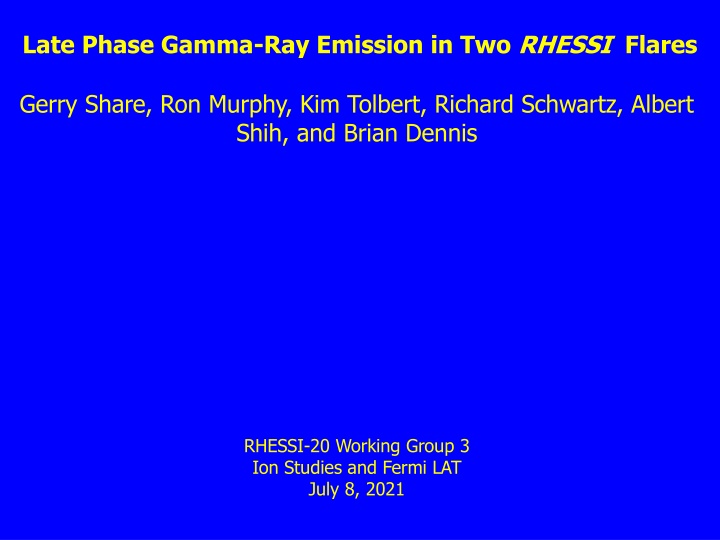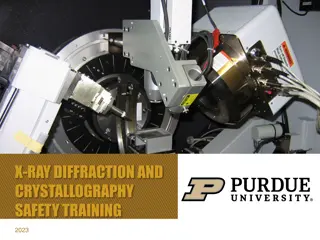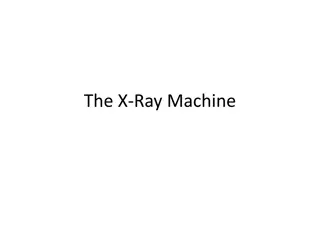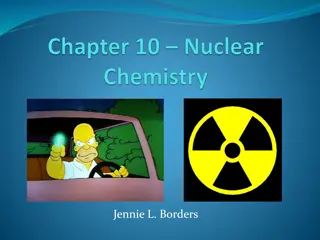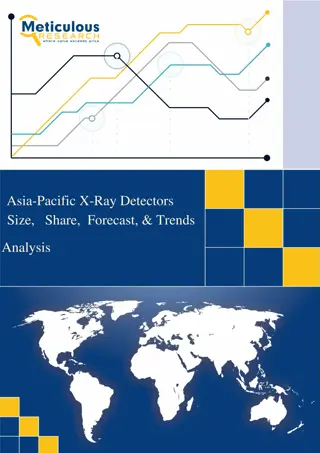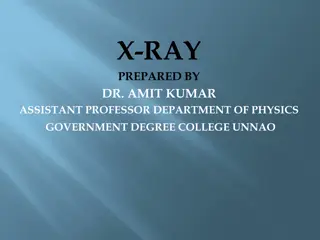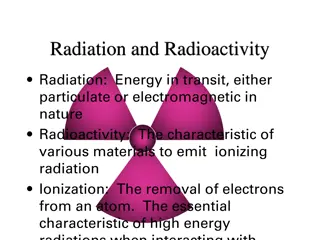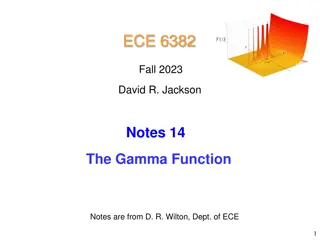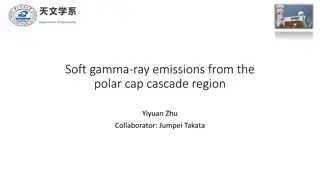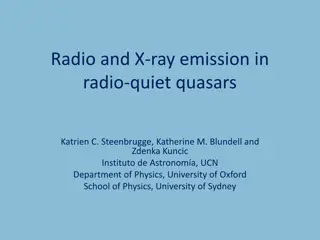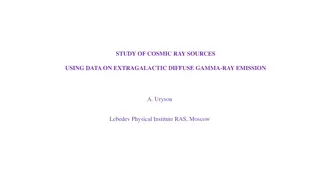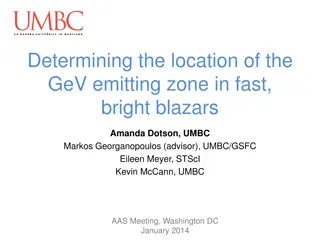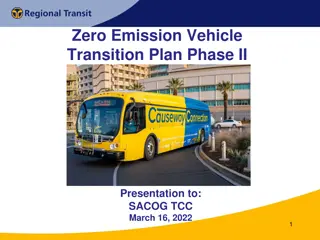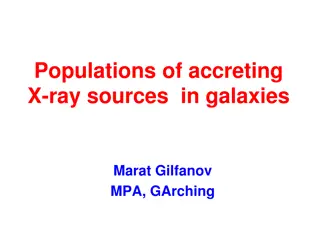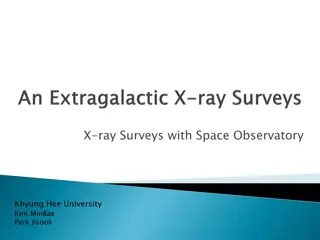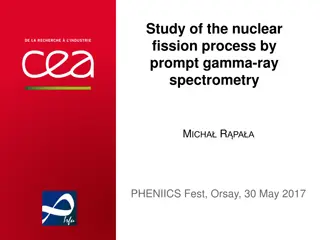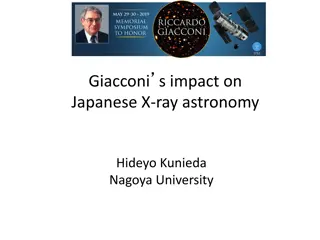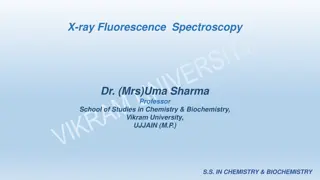Late Phase Gamma-Ray Emission in Two RHESSI Flares
This study examines late-phase gamma-ray emission in solar flares, discussing its spectral and temporal characteristics, likely origins, and observational evidence from RHESSI and Fermi/LAT data. The analysis includes detailed time profiles of the emission following specific flare events in 2005 and 2014, shedding light on the acceleration mechanisms and underlying processes involved.
Download Presentation

Please find below an Image/Link to download the presentation.
The content on the website is provided AS IS for your information and personal use only. It may not be sold, licensed, or shared on other websites without obtaining consent from the author.If you encounter any issues during the download, it is possible that the publisher has removed the file from their server.
You are allowed to download the files provided on this website for personal or commercial use, subject to the condition that they are used lawfully. All files are the property of their respective owners.
The content on the website is provided AS IS for your information and personal use only. It may not be sold, licensed, or shared on other websites without obtaining consent from the author.
E N D
Presentation Transcript
Late Phase Gamma-Ray Emission in Two RHESSI Flares Gerry Share, Ron Murphy, Kim Tolbert, Richard Schwartz, Albert Shih, and Brian Dennis RHESSI-20 Working Group 3 Ion Studies and Fermi LAT July 8, 2021
In earlier RHESSI workshops we have discussed evidence for high-energy (>10 MeV) emission following the impulsive phases of the 03 October 28 and 05 January 20 flares. Since that time Fermi/LAT has detected over 30 events with Late Phase Gamma-Ray Emission (LPGRE, Share et al. 2018, Ajello et al. 2021). This LPGRE is spectrally and temporally distinct from the impulsive phase emission with start times ranging from CME onset to two hours later and durations as short as 10 minutes or as long as 20 hours. The spectrum of the LPGRE is consistent with pion-decay emission. It is likely that the LPGRE is produced by protons accelerated by the CME shocks into field lines returning to the Sun. Plotnikov et al. 2017 calculated the the LPGRE onset in the 2014 September 1 event is consistent with such an origin. In addition, Kouloumvakos et al. 2020 reproduced the complex time profile of the 2017 September 10 LPGRE based on this shock model. In this presentation we briefly summarize the RHESSI observations of LPGRE in the 03 October 28 and 05 January 20 flares.
Gamma-ray time profiles of the 03 October 28 flare revealing the presence of LPGRE in the fitted 511 keV line and pion-decay components of the emission.
Time profile of LPGRE following the 03 October 28 flare derived by subtracting the impulsive phase emission using the time profile of the nuclear line emission from the total pion- decay emission. The LPGRE begins at ~11:10. CME lift-off ~11:08 and SEP release time ~11:10-14 (Bieber et al. 2005).
Gamma-ray time profiles 2005 January 20 flare revealing the presence of LPGRE in the fitted 511 keV line and pion-decay components of the emission.
Time profile of LPGRE following the 2005 January 20 flare derived by subtracting the impulsive phase emission using the time profile of the nuclear line emission from the total pion-decay emission. A clear phase of LPGRE appears to begin ~06:54 UT. It is not clear whether the earlier apparent excess is due to a residual from the impulsive phase or an earlier stage of LPGRE. This needs to be studied.
2.2 MeV and pion-decay emission observed for >3 hours and appears to fall faster than the Neutron Monitor proton flux >300 MeV (Allan Tylka, private comm). These later measurements are consistent with a decrease in flux from the observations made just after the flare.
